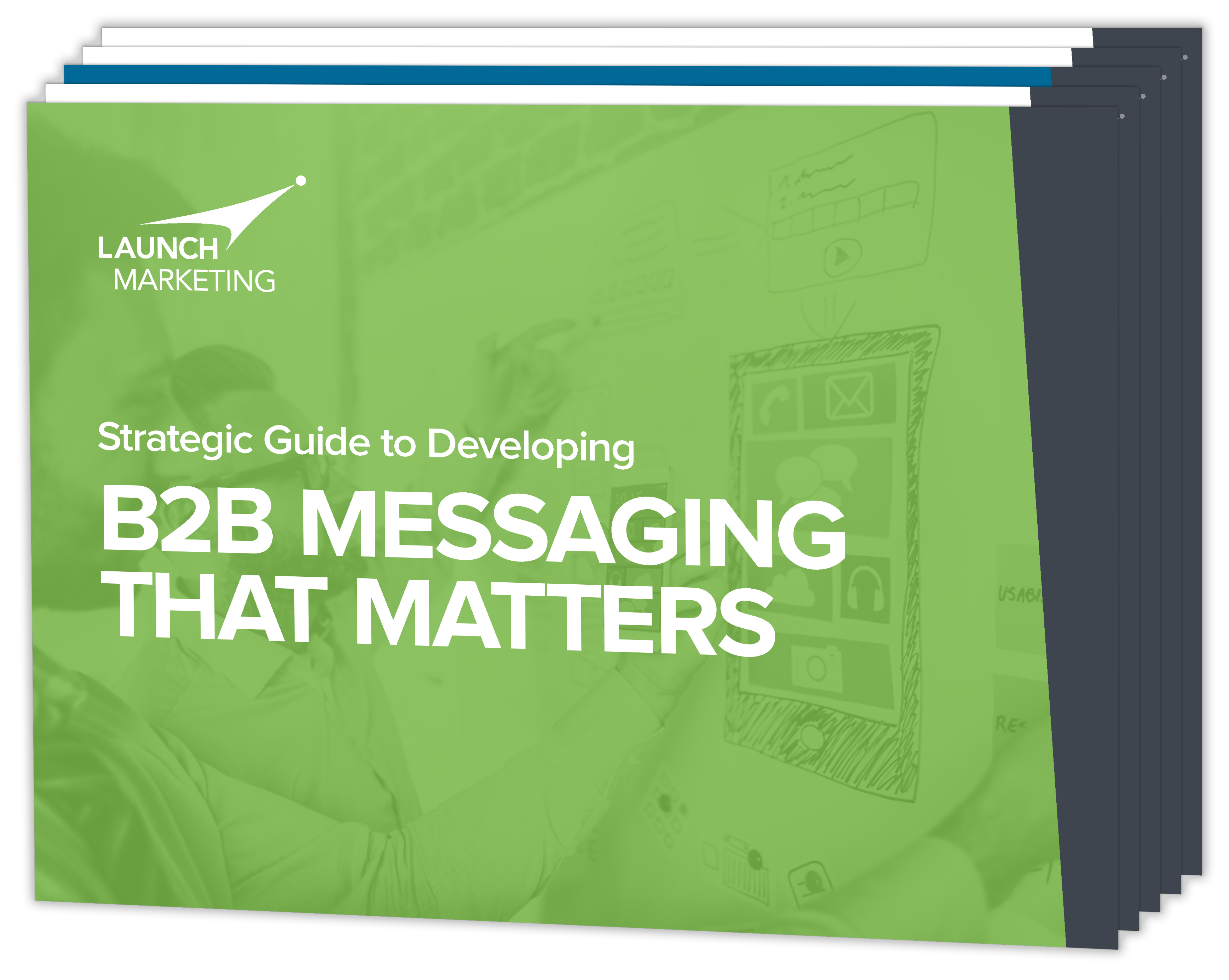
With 2020 underway, it’s time to meet head-on some of the B2B marketing expectations that are anticipated to take shape in the new year. One such prediction forecasts that 72% of B2B customers expect companies in 2020 to accurately anticipate their needs and make applicable suggestions before even their first point of contact. In other words, B2B buyers have come to expect a more personalized experience as the rule instead of the exception. Unfortunately, B2B companies are underwhelmingly meeting these expectations thus far. Only 27% of B2B customers believe that companies are excelling at meeting their standards for a more personalized experience. So how does a company “excel” at personalized marketing? To help meet surmounting personalization needs, we’ll review three key strategies for how your marketing team can achieve such an experience that will ultimately help motivate your target audience to engage with your company and become dedicated customers.
Steps for More Effective Personalization
1. Get to know your audience
The only way to ensure that your customers are receiving a genuinely authentic experience before the first point of contact is to complete thorough research and accurately identify your audience. It’s fine if the audience segments you build initially are less specific and more general, just as long as you understand a few defining features of your audience that will help you communicate in a personalized and knowledgeable fashion right out the gate. Using analytics tools such as Hootsuite for social media or Google Analytics for website traffic, you can gather information on where your target audience is primarily located, what devices they use, what they’re most interested in on your site and how they’re getting to your site. As you continue your communication with this initial customer base and foster a better understanding of them, you’ll be able to create a database that’s thorough and accurate.
That being said, be sure that the research and data collection continues even after your preliminary personalization. Continue to use the data and analytics collected from your personalization efforts to build on your understanding of what really does or doesn’t work for your specific audience. Maybe when you first began collecting audience data you noticed that ads were bringing in a noticeable amount of traffic. If this continues to be a strong lead generation source for you, personalized ads may be an opportunity to experiment and optimize going forward. Ultimately, the initial research is exactly that—initial. The real success and growth will come from your continued personalization efforts.
2. Test different personalization methods
Once you’ve established through research who your audience is, think critically about how you want to communicate your personalized experience. Some of the more common personalization methods include:
- Segmenting emails based on pre-defined buyer personas
- Creating more targeted landing pages and content
- Providing customers with a dedicated (and human) account rep or point of contact
Effective segmenting and targeting will also rely on testing out what areas are most important to your audience. Customer information like their industry, company, role, location, company size and their unique pain points will help you determine how to segment your audiences appropriately.
However, which of these areas matters to your audiences the most will have to be determined through testing. For instance, one study found that a combination of personal and company personalization resulted in the highest open rates, while another study found that people preferred personalization tailored to their industry and pain points versus their role, location or company size. Once your organization determines which metrics are most important and meaningful, such as open rates, click-through rates and website traffic, then you can use variations of emails, landing pages and other marketing methods to determine what personalization approach truly speaks to your audience.
3. Create a personalization strategy
Much like you would outline your content or email marketing strategy prior to execution, you also want to establish a personalization strategy that compliments your other marketing efforts. Of the businesses that are exceeding their business goals, 79% of them have a documented personalization strategy.
In order to be effective, your personalization strategy should go hand-in-hand with your content strategy. When creating your content, take note of how each piece of content complements the different stages of your buyer’s journey, which decision-makers the content applies to and the personas that the content speaks to most effectively. Outlining these elements will help your marketing, sales and customer teams understand which pieces of content they should provide based on the customer’s profile. And the more personalized, tailored content you create, the better. An average of 10.4 pieces of content are consumed by a customer before they make a purchase, meaning it’s essential that you’re putting in front of them a deliberate selection of content that suits their customer profile.
Proper Personalization Matters Now More Than Ever
By utilizing these three techniques for more effective and optimized personalization, your marketing efforts will be all-around more optimized and strategic, allowing you to successfully adapt to the demands of 2020. When being marketed to, an overwhelming majority (84%) of customers expressed their desire to be treated like a person instead of a number. Personalization is ultimately the key to humanizing marketing and creating stronger, deeper relationships with your target audience. On top of relationship building, personalization benefits include:
- Understanding what channels work best
- Delivering the ideal messaging
- Communicating when it matters
- Reaching customers who are ready to purchase
More targeted, thoughtful marketing will allow you to attract more marketing qualified leads that your customer and sales teams can work with and turn into loyal customers. Not only that, but it will make it easier for your marketing team to optimize marketing communications since the research that goes into developing personalized marketing will clarify the messaging that most resonates with your target audience. By personalizing marketing communication down to the best possible language, timing and content, you’re building a relationship with your audience that communicates you are invested in them as people rather than potential conversions.

There are no comments